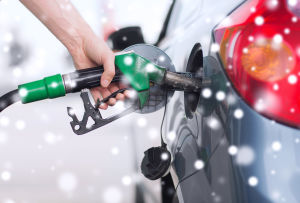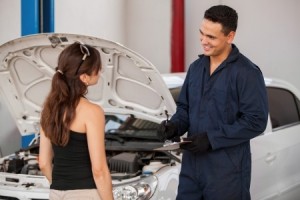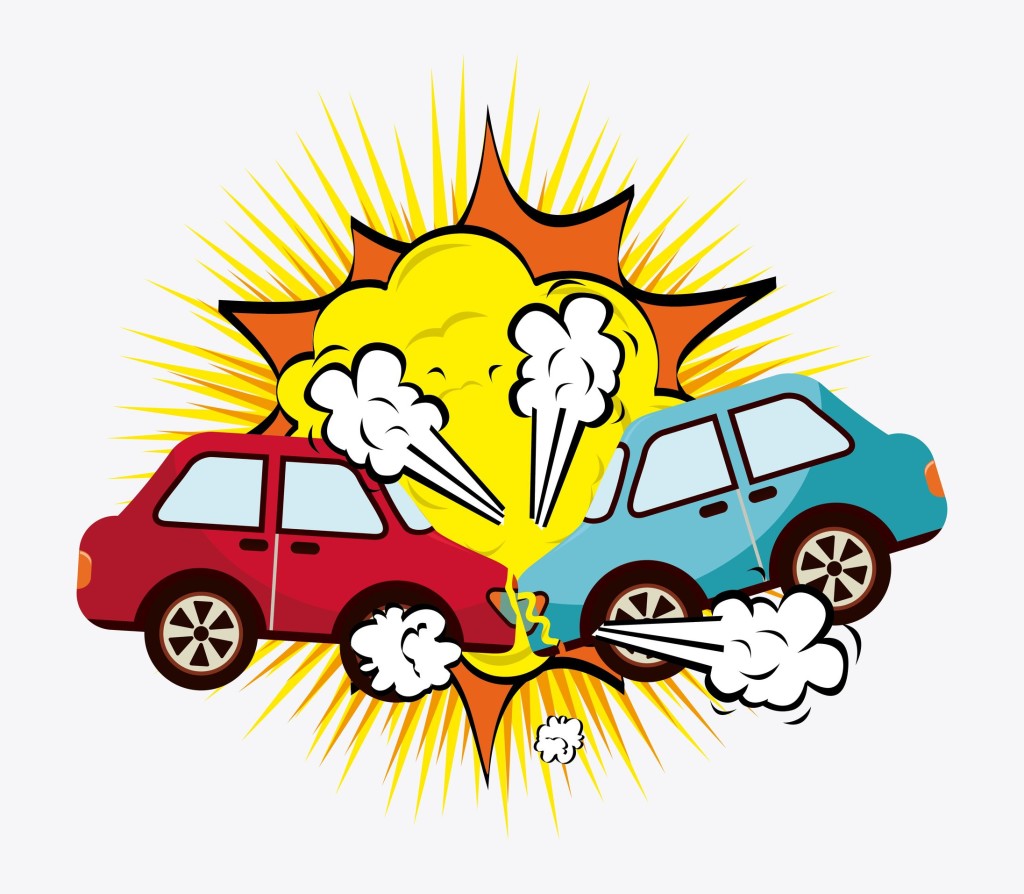Improving Gas Mileage in Cold Weather
 Winter is here, and by all accounts it appears it’s here for good. When temperatures drop, so too does your car’s fuel economy. Below, we explain why winter driving lowers your average mile per gallon and share some tips to raise it back up.
Winter is here, and by all accounts it appears it’s here for good. When temperatures drop, so too does your car’s fuel economy. Below, we explain why winter driving lowers your average mile per gallon and share some tips to raise it back up.
Cold Weather and Your Car
One car study found that the average car’s gas mileage drops about 12 percent when temperatures drop below 20°F than if the outside temperature was a comfortable 77°F. Short trips of less than five miles are even worse, as fuel economy can drop up to 22% on quick trips to the store.
Gas mileage isn’t the only thing affected by cold temperatures. Other ways cold temps impact your car include:
- Engine and transmission frictions increase in freezing temperatures due colder engine oil and other fluids.
- It takes longer for your car to reach optimal temperature. If it takes 10 miles for your car to reach optimal temperature, a three mile trip to the store means your car is making the whole trip at a less-than-optimal temperature.
- That said, don’t let your car sit in your driveway for 10 minutes to warm up before you leave. Idling yields 0 miles per gallon.
- Cold air is denser than warm air, leading to more drag on your vehicle at high speeds.
- Keeping yourself warm comes at a cost. Heated seats, window defrosters and heating fans require additional power.
- Tire pressure decreases in colder temperatures. If you don’t adjust them, your tires will create more resistance than normal.
- Colder temperatures make it harder for your alternator to keep your battery charged. Last year we replaced an incredible amount of batteries as below-freezing temperatures took their toll on old batteries.
Improving Fuel Economy in the Winter
Now that you know why colder temperatures make it harder on your car, here are some tips to improve your gas mileage during the cold winter months.
- As we mentioned, don’t idil your car to let it warm up. Start your car and wait 10-30 seconds before hitting the road.
- Don’t overheat your cabin. Dress warmly while driving so you don’t need to crank the heat your whole drive.
- Avoid short trips when possible. Try to combine trips to multiple errands when possible.
- Park in a warm place, like your garage or a covered parking ramp. That will keep your initial engine temperature warmer than if you parked on the street.
- Check your owner’s manual and adjust your tire pressure for the colder temperatures.
- Get an oil change if you need one, and make sure the mechanic uses a winter-driving blend.
If you want to get a tune-up in now that winter is upon us, contact us for a free quote or to set up an appointment!
Related source: FuelEconomy.gov
-
Minnesota Among Cheapest States For Car Repairs
 Jan 15, 2014
Jan 15, 2014A review of national automotive data revealed that Minnesotans paid less than the average consumer to have work done on their car in 2011. According to the data, Minnesotans paid an average of $323.51 for “check engine” related repairs, $10 less than the national average of $333.93. As you can see by the lists below, […]
-
How To Jump Start a Car
 Jan 29, 2014
Jan 29, 2014It seems like we’re locked in a never-ending loop of polar vortexes in Minnesota, and when the weather dips below freezing it can take a toll on your car’s battery. If you park your car outside during the winter, chances are you’ve had to jump your car or help someone else jump their car at […]
-
Should Car Repair Shops Root For Visiting NFL Teams?
 Feb 18, 2015
Feb 18, 2015Although the NFL season is behind us, new data suggests that auto body shops may want to root for visiting teams next year, as it could boost business. According to data from the Highway Loss Data Institute, auto repair shops see an uptick in calls in the days after a home NFL team loses. The […]




